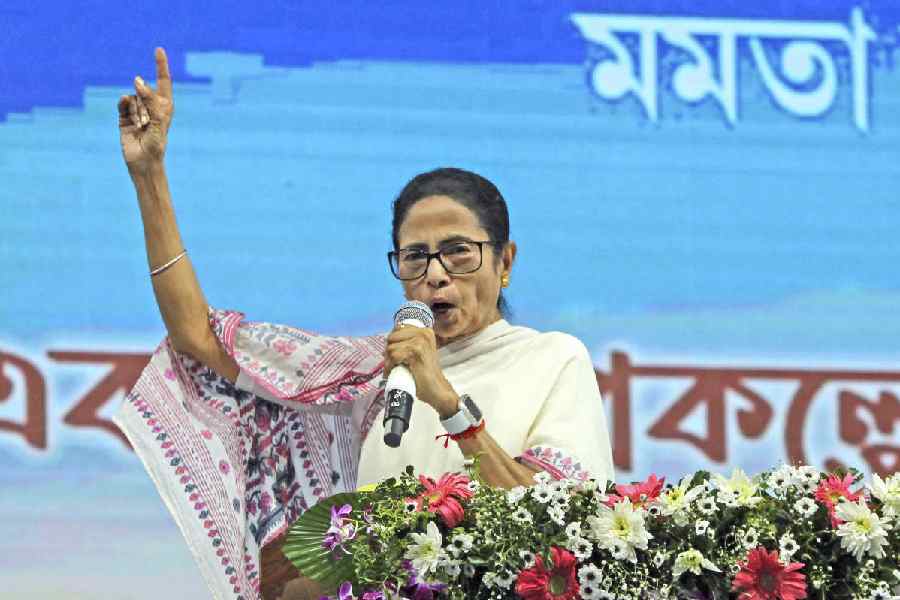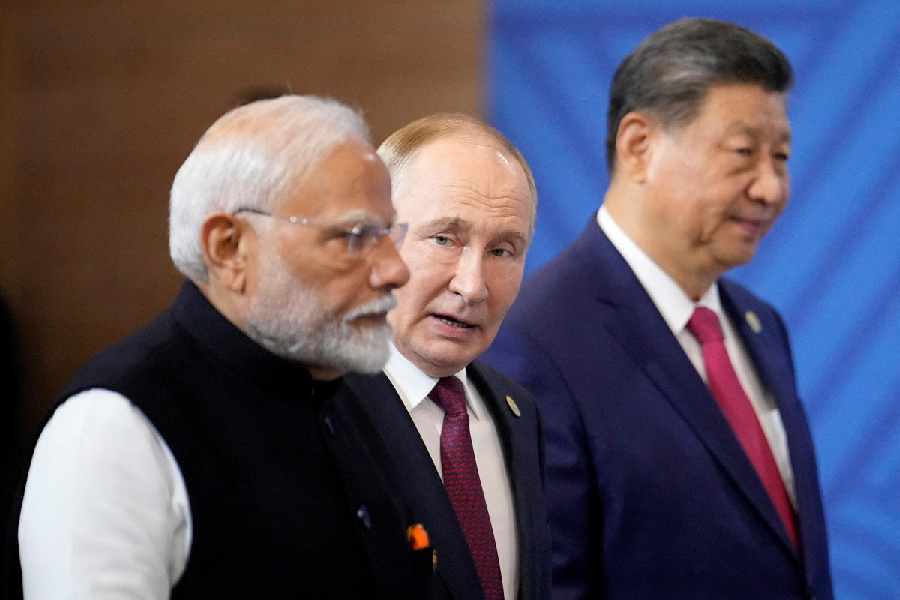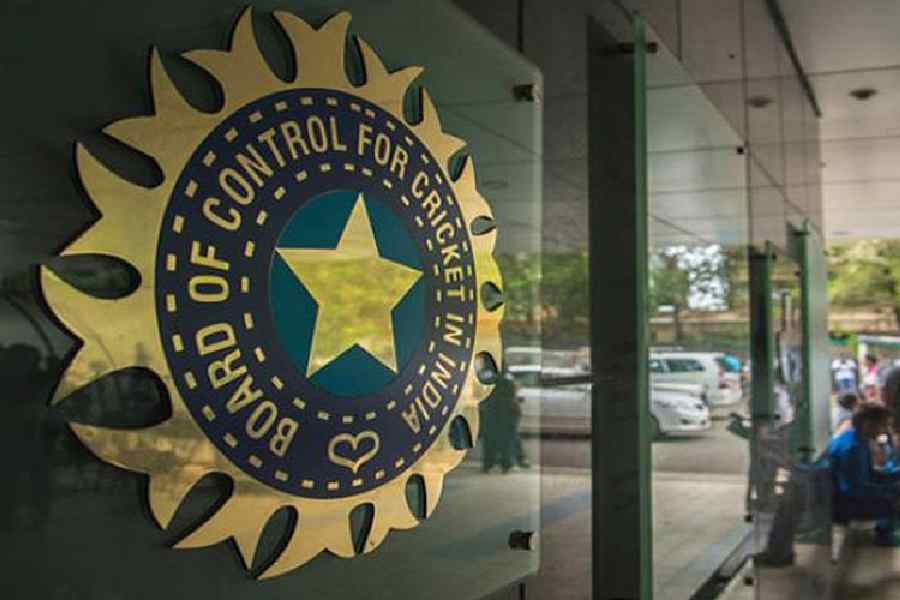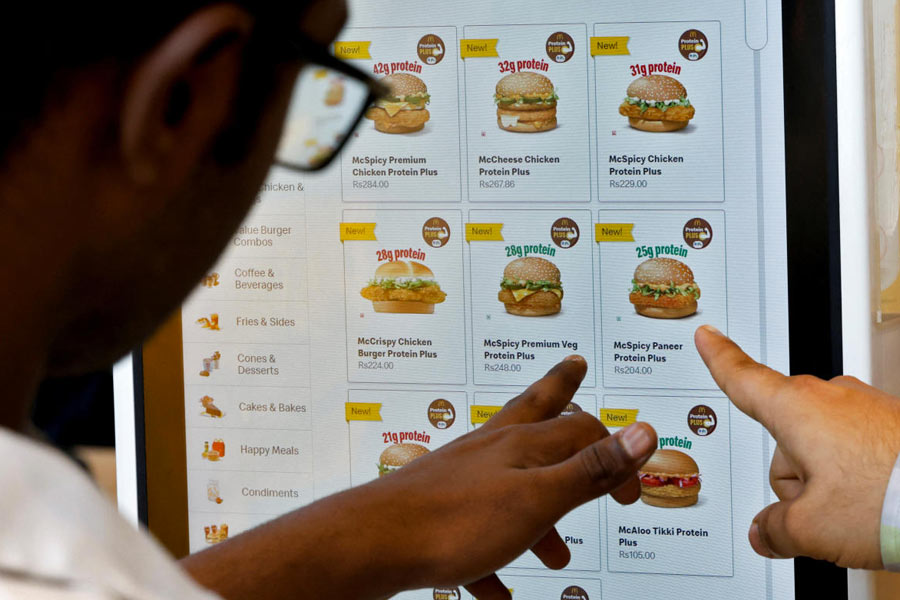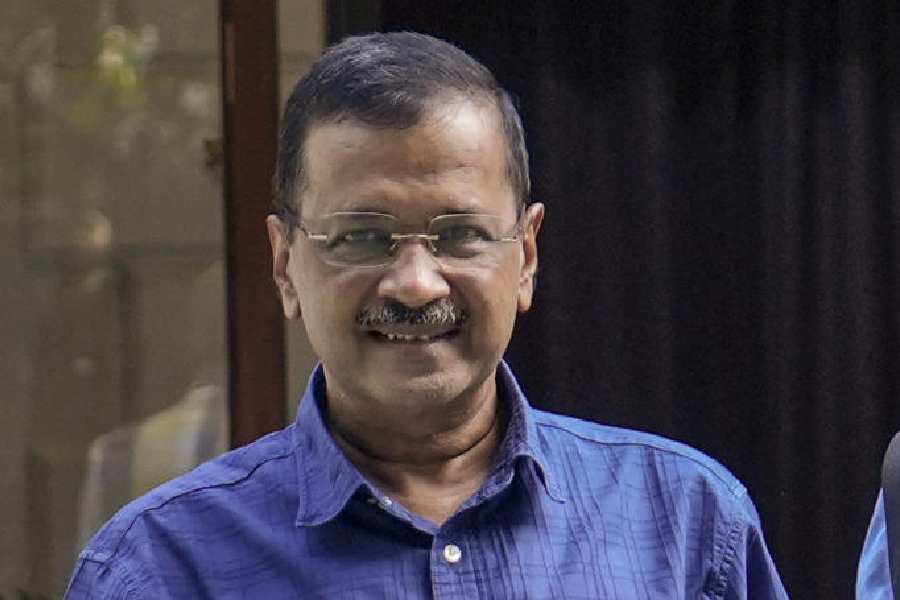Bhubaneswar, Feb. 15: The proposal for smart city wireless fidelity (Wi-Fi) has been enthusiastically received by the public, especially youth, but experts warn that excessive use of high radio frequency might pose health risk.
Uttam Kumar Banerjee, a professor of architecture and regional planning with IIT Kharagpur, said that excessive use of Wi-Fi might lead to health hazards as high radio frequency could cause damage to human beings. Instead, the urban planning expert proposed that efficient local area network (LAN) is better for the citizens.
While speaking on the smart city concept during the second day of 8th Design Conclave hosted by Indian Institute of Architects (Odisha) chapter, Banerjee told The Telegraph: "The major requirements in a smart city would be sustainability, healthy living, employment opportunity, education hubs, quality life and amenities. Human qualities such as inter-personal communications and cultural ethos will be intact in the planning of smart cities."
However, explaining these points the well-known urban expert and planner said: "What we have so far designed for a smart city will need a lot many things and the biggest task is to coordinate with all of them. It can be management of solid waste to smart air connectivity or even keeping its old monuments in good condition."
The urban development thinker and policy maker said the work had just begun to interlink all the components to elevate the cities to a smart level. However, the professor emphasised on the need for improving our inter-personal relationships and our concern for heritage.
"Would Bhubaneswar have any identity without its temples in the old town area?" he said.
Arvind Tyagi, another leading urban planning expert, said: "The eight major components of a smart city would be based on information communication technology, infrastructure support, water management, hospitals and educational institutions, public transport, broadband and Wi-Fi, power and energy and public-private partnership projects."
Tyagi, who works for Accenture, said: "The eight parameters are to be fulfilled by each participating city through an open on-line evaluation, which will also be available for public scrutiny. The cities under smart city umbrella should be following Central campaigns such as Clean India, Digital India and Make in India.''
Sources said while the urban development ministry wants to keep 100 cities in the first phase of the smart city campaign, the inclusion will result in rise in GDP, retail, human resources, public transport, art and cultural matters.
The state government has so far submitted claim for smart cities for Bhubaneswar, Cuttack, Berhampur, Rourkela, Sambalpur and Puri.
Puri has already been included in the smart city proposal and it has found a spot in the Heritage City Development and Augmentation Yojna (Hriday) as well.


